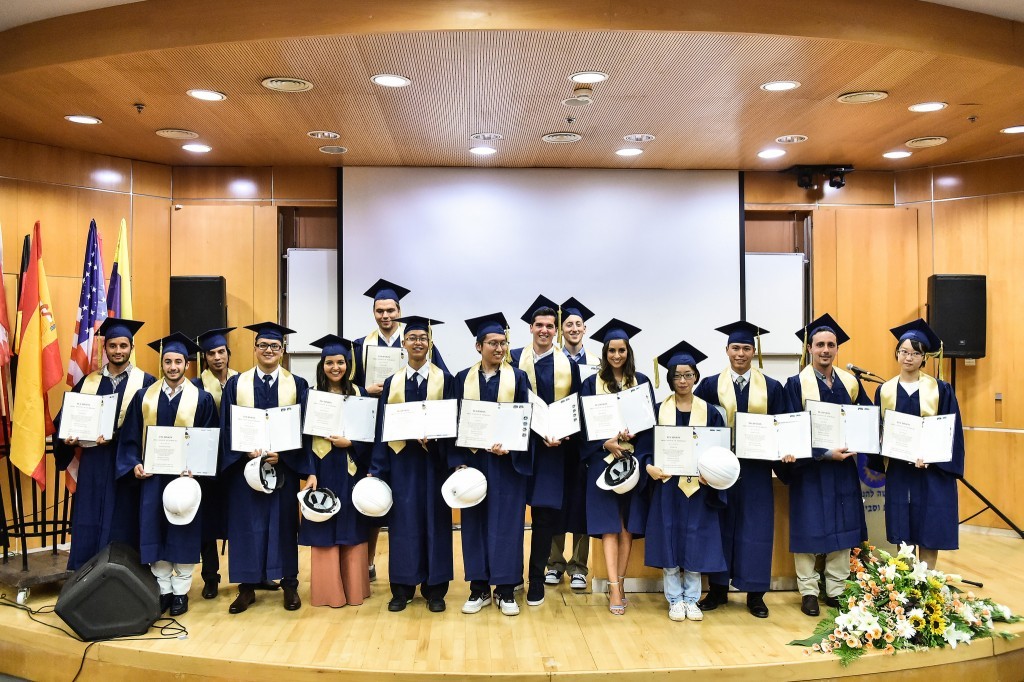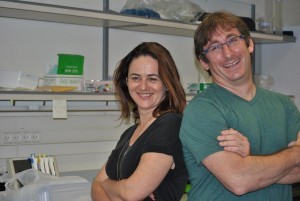Shanghai Ranking 2016 establishes Technion’s place among top global academic institutions
The Shanghai Ranking placed Technion 69th in the index of the world’s leading academic institutions, the top position for any Israeli institute
Technion confirms its place in the list of the world’s 100 leading academic institutions, according to the Academic Ranking of World Universities (known as ShanghaiRanking) published Monday, August 15. Technion’s overall ranking rose from 77th place in 2015 to 69th place, placing it highest among Israel’s universities on the list.
Technion consistently scores high in the field of Computer Science (15th-18th place over the past five years). This year, for the first time, the Shanghai Ranking included a specific Ranking for Electrical and Electronic Engineering, in which Technion ranked 39th (the highest placement for an Israeli institution in that field).
“We are proud and pleased with this official recognition of Technion’s prominent status in the global arena,” said Technion President Prof. Peretz Lavie following the publication of the Ranking. “This is the most important ranking in the world of academia, and this year it places us not only highest among Israel’s academic institutions and in an excellent position globally, but also in a particularly impressive place in the field of electrical and electronic engineering, in addition to the high rankings in engineering and computer engineering.
Technion’s consistent rise in the Shanghai Ranking proves that we are doing the right thing by investing unprecedented effort in recruiting the best faculty members and nurturing our students, who represent the best that Israel has to offer. Thus we are being proactive in fulfilling Technion’s vision to be “A science and technology research university, among the world’s top ten, dedicated to the creation of knowledge and the development of human capital and leadership, for the advancement of the State of Israel and all humanity.”
The Shanghai ranking was launched in 2003 with the aim to clarify the standing of Chinese universities in comparison to the world’s top 500 universities. The rating is based on objective criteria and extensive data, including the number of Nobel laureates and winners of other prestigious awards, the number of scientific papers published in the leading journals Nature and Science, and performance in other areas relative to the size of the university.
The comprehensive Chinese study encompasses some 1,200 universities to produce the list of the world’s top 500. The 2016 list is headed once again by U.S. universities – Harvard, Stanford and Berkeley – with the UK’s University of Cambridge ranked in 4th place.
Click here for the complete Ranking
The Shanghai Ranking was published shortly after the Nature Index Ranking, which ranked Technion 26th in its 2016 list of Rising Stars, following a 40% increase in Technion’s publications in leading scientific journals. The list includes 100 institutions around the world that recorded the most significant progress in research between 2012 and 2015. The 100 institutions – almost all of them universities – are ranked by the increase in their contribution to 68 high-quality journals.




